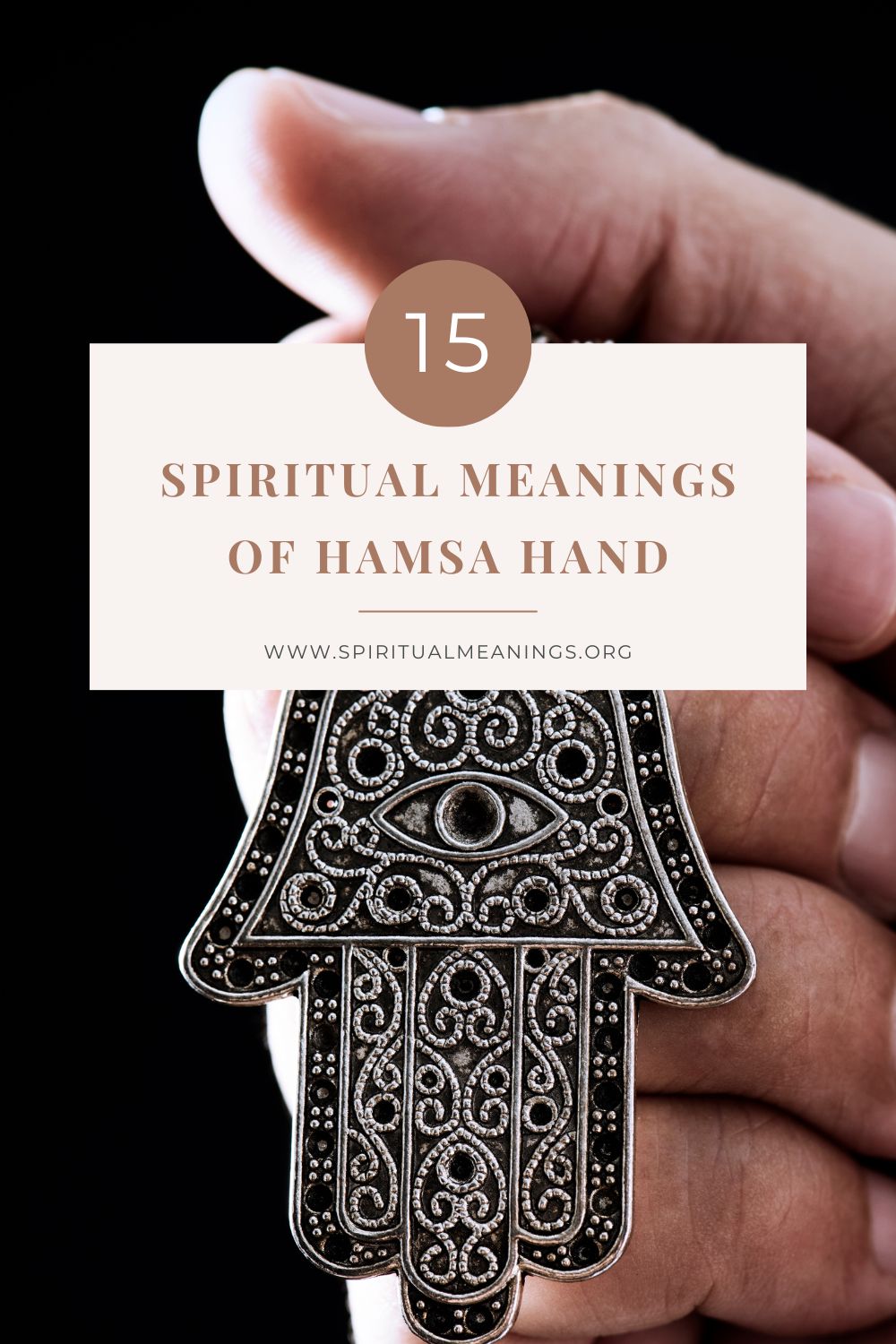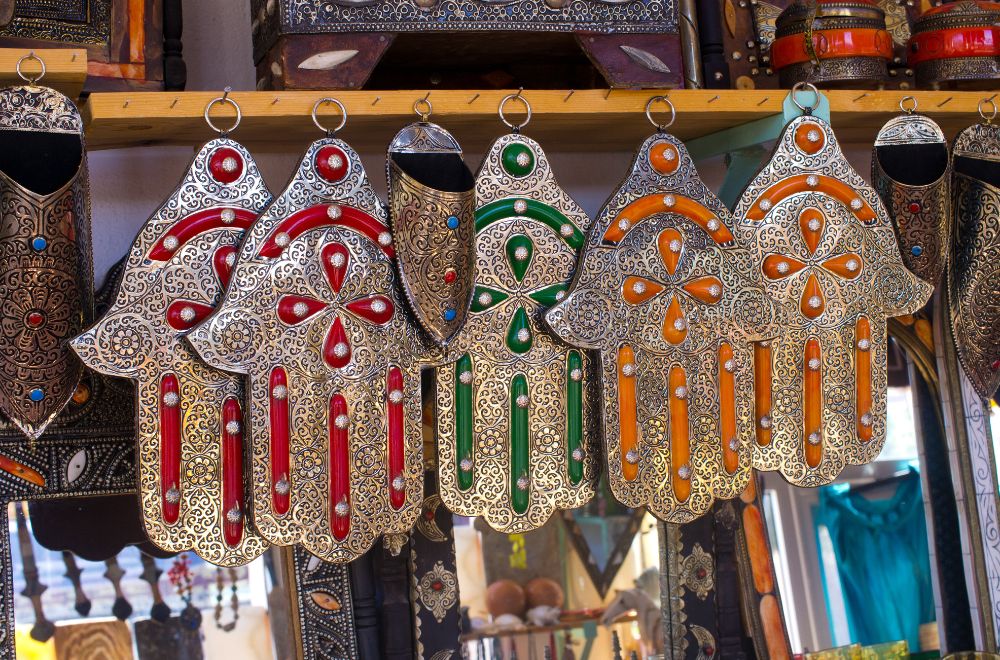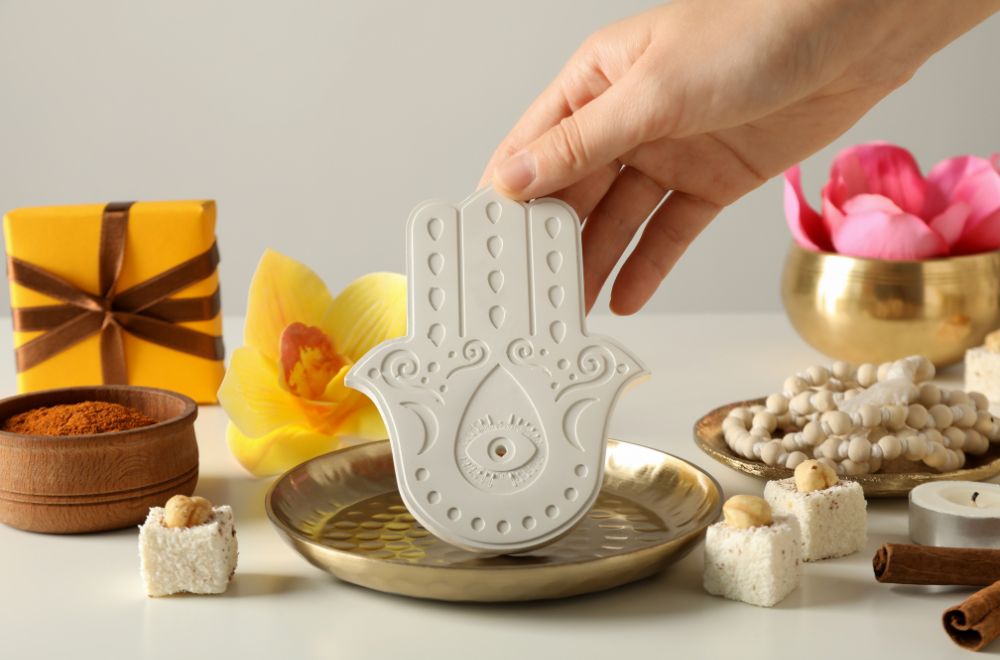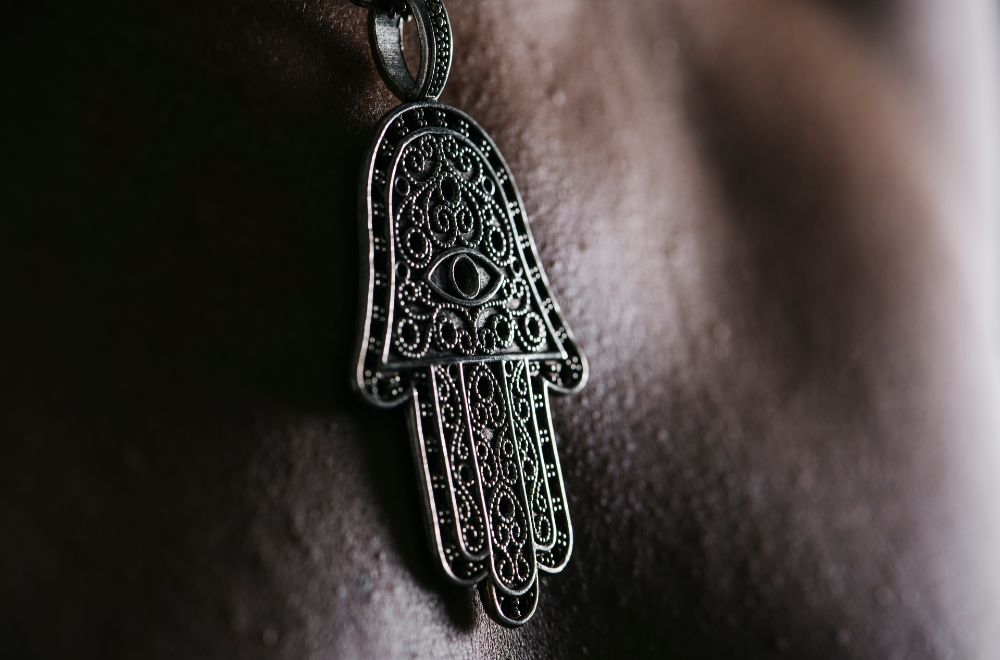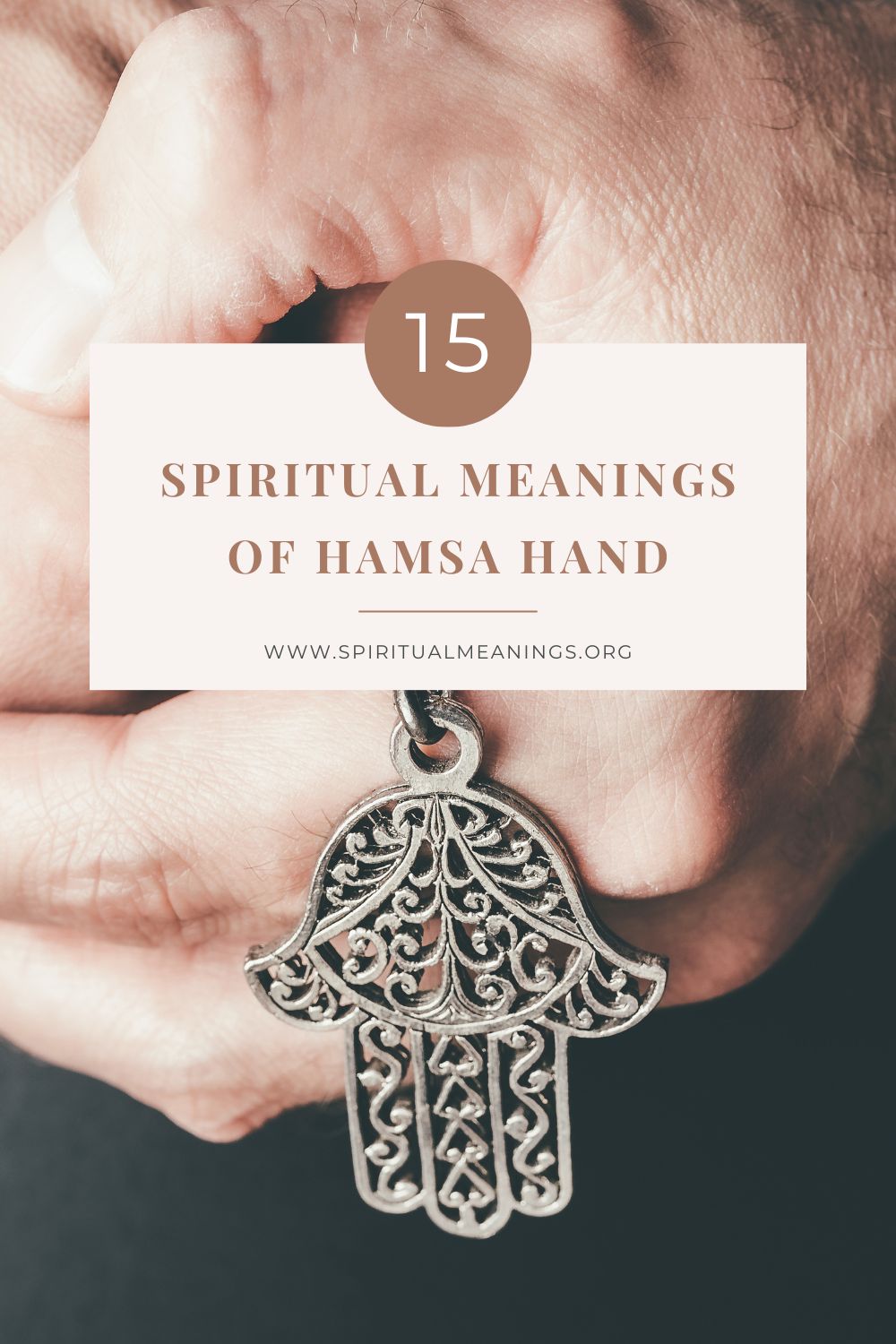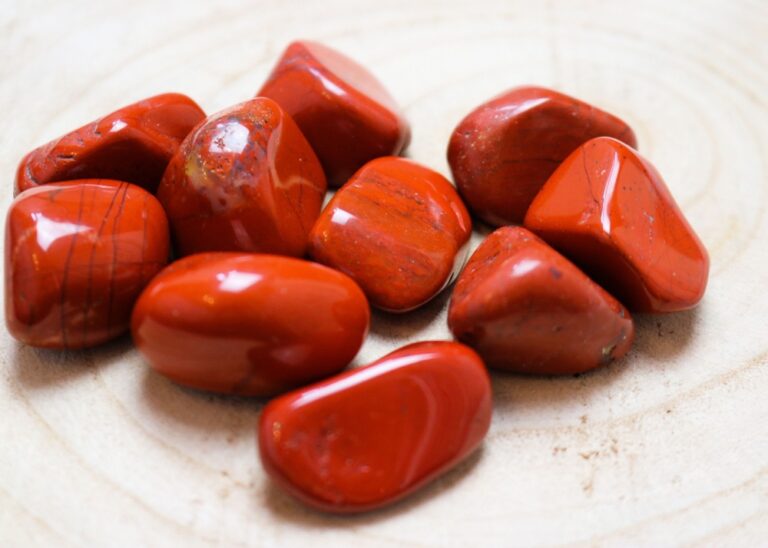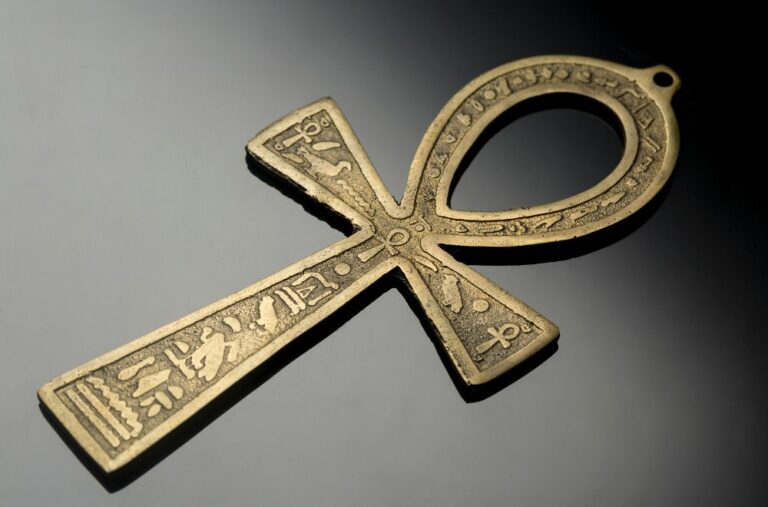Among the most distinctive and easily recognized religious and spiritual symbols, the Hamsa Hand has a long history that stretches far back into the distant past and was used by the ancient Mesopotamians, the Phoenicians and the ancient Egyptians.
It is also a symbol that has powerful religious significance, particularly in Judaism and Islam, and it can represent many things to many people – so to help you understand more about this widely used image, in this post, we delve into the details of Hamsa Hand spiritual meaning.
Hamsa Hand Spiritual Meanings
1. Protection against evil and the evil eye
The Hamsa Hand, the ornate image of the palm of a hand, is a symbol that is found in several of the world’s major faiths. It predates Islam and even Judaism and is known from ancient Mesopotamia where it featured in the amulets of the goddess Inanna or Ishtar.
As such, it has acquired a range of meanings to various peoples, but one of the most universal significations of this symbol is protection.
The Hamsa Hand can be seen as a symbol of protection against the evil eye and against evil in general, something that is particularly resonant in the Jewish faith but that is also relevant in other contexts.
As such, the Hamsa Hand can be worn as a piece of jewelry or an amulet or placed in a room to ward off evil influences and the evil eye.
When used as such, the Hamsa Hand often includes an image of an eye in the center.
2. Protection against negative energy
Similarly, the Hamsa Hand can be seen as a symbol of protection against negativity and negative energy.
While it can be problematic to appropriate symbols from other cultures or religions without fully understanding or appreciating their significance, because the Hamsa Hand is such a universal symbol, it can mean many different things to different people.
As a result, many spiritual people who don’t necessarily follow a specific formal religion adopt the symbol as one of protection against negative influences and negative energy.
As such, for example, if you share an office with particularly negative people or there is a negative culture in your place of work, you may choose to place a Hamsa Hand discretely at your desk to help protect you from the pernicious influence of the negative energy.
3. Protection against misfortune
Similarly, in both ancient and modern spiritual practice, the Hamsa Hand has been used as a talisman of protection against general misfortune.
This means wearing an image of the Hamsa Hand can help protect you against the kind of misfortune and bad luck that can befall you at any time.
In the Middle East, it is common to hang a Hamsa on the wall of a house to protect the house and its inhabitants – and it is sometimes painted red using the blood of a sacrificed animal to make its powers even more potent.
It can also be placed in specific rooms such as in the room of an expectant mother to ensure the pregnancy goes smoothly.
4. The Hand of Miriam or the Hand of Fatima
In Judaism, the Hamsa Hand is also known as the Hand of Miriam, named after the sister of Moses.
In Islam, it is known as the Hand of Fatima and is named after the daughter of the Prophet Mohammed. In this guise, it is used to represent femininity.
For these reasons, this symbol is seen as being particularly culturally significant within both of these religions.
5. The Hand of God
In Judaism, the hand is also sometimes known as the Hand of God, representing the worship and praise of God, and as such, is an important religious emblem. In Judaism, it is also seen as representing God’s hand reaching down from Heaven to protect His chosen people.
6. The significance of “five”
The meaning of Hamsa is “five” – it comes from the same root as the Arabic word khamsa and the Hebrew word hamesh, both also meaning “five – and the image represents the importance of this number in several ways due to its depiction of five fingers.
In Judaism, it is seen as a symbol of the five books of the Torah, and in Islam, it is seen as representing the Five Pillars of Islam to the Sunnis and the Five People of the Cloak to the Shi’ites respectively.
7. A blessing for the household
More generally, the Hamsa Hand may be hung up in homes as a charm intended to bring a blessing to the household, whether this means in terms of fortune, abundance or as a fertility charm for those trying to conceive.
8. Power and strength
Similarly, the Hamsa Hand may be used as a talisman intended to bring power and strength.
Again, it can be hung up on a wall or worn as a piece of jewelry.
As a result, some people may choose to wear a piece of jewelry depicting the Hamsa Hand when they know they need to face a particular challenge.
For example, wearing a Hamsa Hand when you have to deliver a speech or presentation in front of a large audience may serve to boost your confidence and calm your nerves, and wearing one during a job interview may help bring more self-confidence.
9. Chakras
The number five and the five fingers of the hand are also connected with the five chakras, with each finger representing a specific chakra.
The thumb represents the fire element and the solar plexus chakra and the forefinger is connected to the air element and the heart chakra.
The middle finger is related to the ethereal elements and the throat chakra while the ring finger is connected to the earth element and the root chakra.
Finally, the pinky finger represents the water element and the sacral chakra.
As such, to Buddhists and Hindus, it may be seen as representing the flow of energy through the body and also the five senses – although it is not such an important symbol in these faiths as in Judaism or Islam.
10. Happiness
For some people, especially people who are spiritual without following an organized religion, the Hamsa Hand may be a symbol of happiness and also one intended to bring more happiness to the wearer’s life.
11. Health
In the same way, some people may wear a Hamsa amulet or other piece of jewelry as an emblem believed to protect them against ill health.
Again, this is not one of the most common specific uses of this image – although this can come under its use as a general talisman of protection. However, since the beliefs connected to this image are so varied, some people may use it for this purpose.
12. Luck and good fortune
The Hamsa Hand is thought to bring good luck and fortune to those who wear it or display it in their homes, making it a popular image for those hoping to change their fortunes.
This means wearing a piece of jewelry that includes a Hamsa Hand during an important exam may bring you the luck you need to pass the exam, and the same can be true if you are hoping for a promotion at work or a similar change in your situation.
13. Two versions – up or down
The meaning of the Hamsa Hand may also vary according to how it is displayed.
For example, when the Hand faces up – and especially when it contains an eye in the center – it is connected to protection and warding off the evil eye. Similarly, when the fingers are spread, it is also usually used as an amulet of protection.
Conversely, when the fingers of the hand are pointing down, it is more commonly a symbol used to usher in blessings, good luck, fortune and abundance.
When used in this way, it is more common to find the fingers together rather than spread out.
14. Hope for peace and unity
The Hamsa Hand can also be seen as a symbol of hope for peace and unity, especially since it is so commonly worn in parts of the world so familiar to conflict – and also because it is a symbol that is shared by the Jewish and Islamic faiths.
15. Spirituality
Finally, the Hamsa Hand can be worn as a symbol representing one’s devotion to spirituality and spiritual practices rather than organized religion.
It can be worn as a piece of jewelry or displayed as an ornament as a reminder not to neglect the spiritual side of life, even in the modern world that has long been much more obsessed with far more material concerns.
An unmistakable symbol with a range of meanings
As we’ve seen, the most common meaning and use of the Hamsa Hand is as a talisman that offers protection from the evil eye, negative energy and misfortune in general – and it is most closely related to the Middle East region as well as the Jewish and Islamic religions.
However, it also has other significations to various people around the world – in both spiritual and more formally religious senses – and as such, it is common to come across this symbol in a range of religious, cultural and spiritual contexts.

